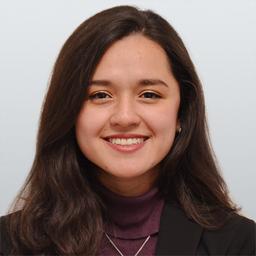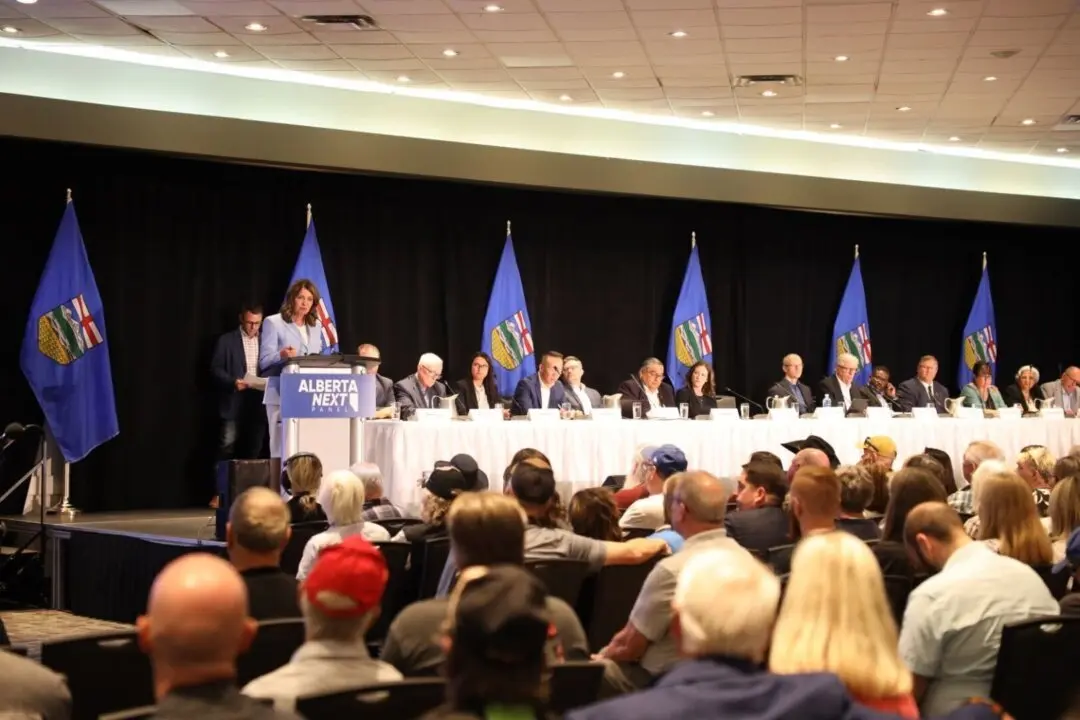The story of a 25-year-old Ontario student who became addicted to hydromorphone–a potent opioid–after getting access to diverted government-funded “safer supply” pills is the subject of a new documentary released this week.
The film, “Government Heroin,” was produced by the Center for Responsible Drug Policy, an organization that promotes recovery-oriented drug policy. Released Sept. 17, it tells the true story of Callum Bagnall, a London, Ont., resident who says he developed an addiction to safe supply drugs after he came into contact with clients of the government program who were selling their prescriptions at a low price.





